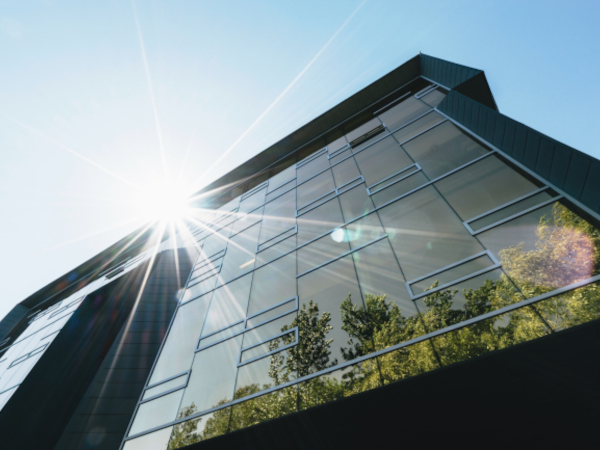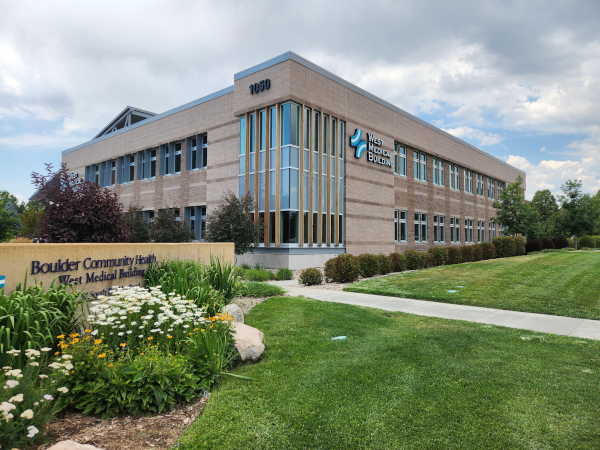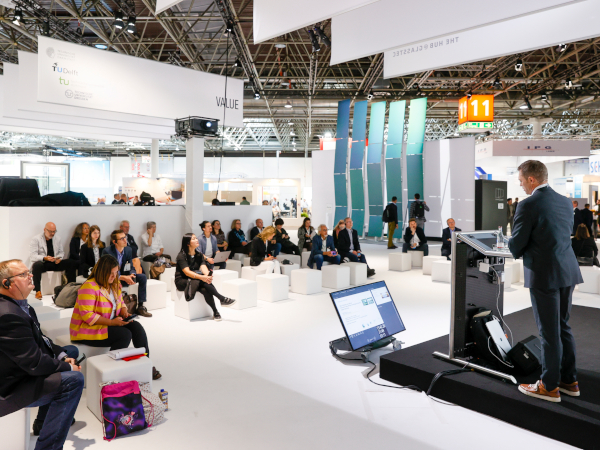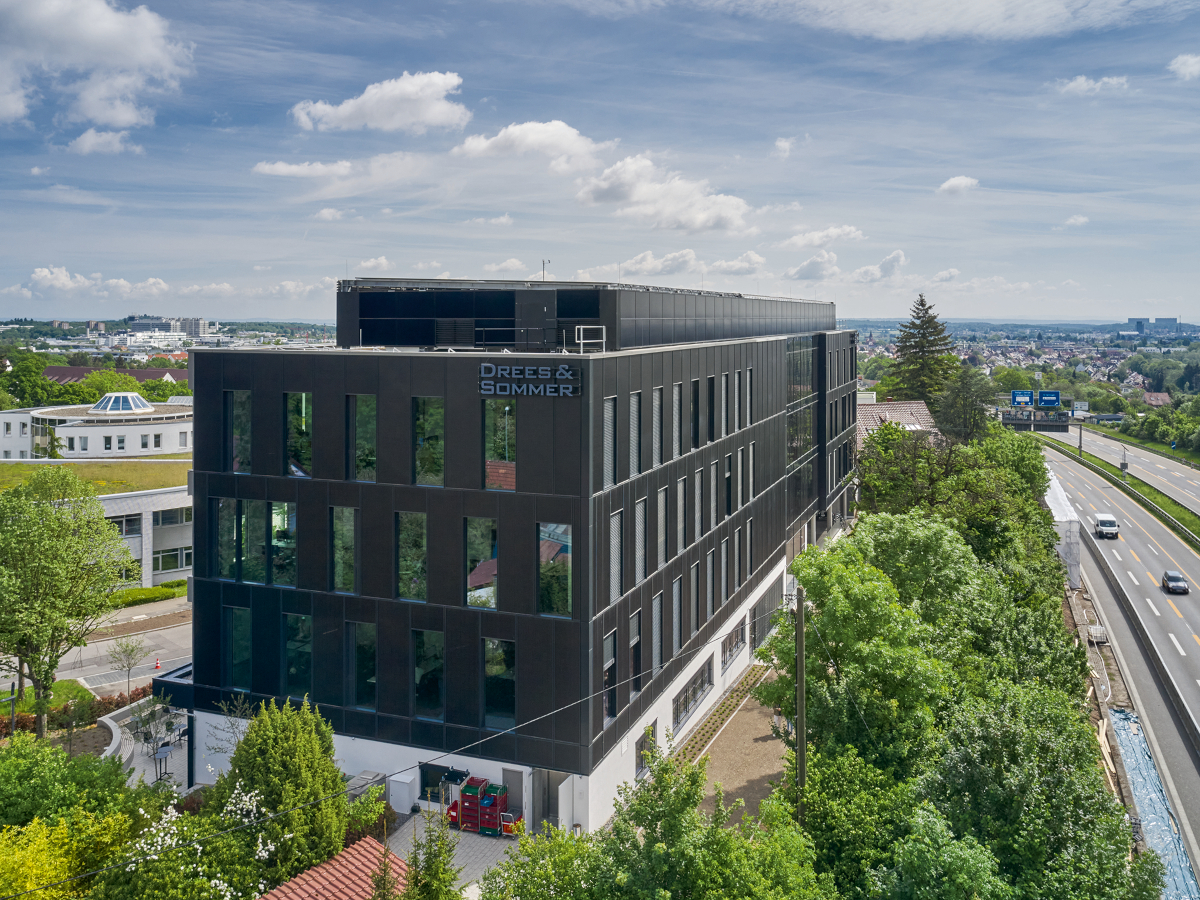Date: 26 April 2011
The usage of high performance glass contributes towards achieving several points in the LEED rating system, and helps reduce energy consumption as well as increase the comfort of occupants. Glass selection for a Green Building has to be a well thought out affair to maximize the benefits from the glazing. Low quality glass would increase energy consumption for air conditioning unnecessarily, while a darker glass would increase artificial lighting load. Also the design of glazed areas in the building has great impact on energy consumption - daylight as well as maintenance costs too. An excellent design of a green building with respect to glazing requires a dedicated architect and inputs from the glass manufacturer, the green building consultant and a façade consultant. There are a few thumb rules, which help everyone in the design team to make the building energy-efficient and comfortable for the occupants:
Orientation: East & West The east and west side of the building façade receives a lot of direct radiation, this heats up the building and allows sunlight to enter through the glass which may result in glare and discomfort to the occupants. Green measures focus on choosing a low Solar factor glass and also plan for some passive designs like: shading. Preferably the east and west façade of the building should have lesser openings or glass with high solar performance compared to south and north facades. Non air conditioned areas like staircases, lift shafts, machine rooms, wash rooms and corridors can be oriented as buffer spaces on the east and west. Glazed areas on these orientations should be optimized and/or shaded from direct sunlight. Some of the architectural design strategies of fenestration system include vertical fins. Glass must indicate a low solar heat gain coefficient (SHGC) and a low U-value. High performance glass double glazed with solar control coating provides insulation from solar and thermal heat gain.
North & South North and South Façades of the building are the best orientations to maximize benefits from glass ie for day lighting. Workstations, offices and regularly occupied areas find best conditions if oriented to these sides. Green building design achieves to strike a balance of bringing daylight into the space and shading windows from direct sunlight. For south façade glazing overhangs help in cutting solar heat gain through windows. The selected glass for this orientation should have a low U-value and a high VLT to allow sufficient daylight into the room. There are numerous other green building strategies to optimize the use of glass and selection of the correct glass type which include:
- Energy Simulation and Daylight Simulation A computer assisted simulation helps to make a decision on the right glass type as well as the shading strategies. Energy savings can be calculated and different types of glazing solution can be compared on a case to case basis.
- Window-Wall Ratio The wall to window ratio in a green building should be between 25% - 45% depending on the design of the building. Spandrel glazing can be used additionally.
- Shading Devices For maximum glazed areas it shading devices like louvers, blinds or fins can be introduces. Best Results can be achieved if the shading device is optimized for the specific orientation and installed on the outside.
- Double Glazed Units Double glazed units maximize the benefits from the glazing and are a prerequisite to many green standards as they provide a much higher insulation value (U-value) compared to single glass.
- Building Integrated Photovoltaic Photovoltaic panels can also be integrated in the façade to simultaneously tap the solar energy to generate electricity. The different green building strategies are part of a series initiated by GlassisGreen.com and will be discussed over the next few months.
For more information on the topic please write to designstudio@saint-gobain.com







Add new comment